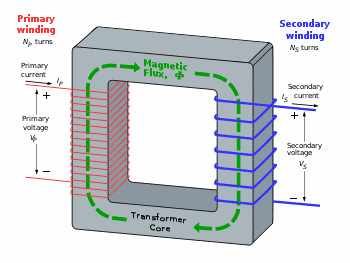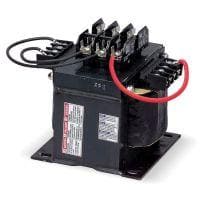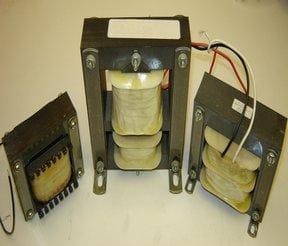PRODUCTS
- High Voltage Transformers
- Switchmode Transformers
- Flyback Transformers
- Trigger Pulse Transformers
- Step Up/Down Transformers
- Power Transformers
- Toroidal Transformers
- Antennas and Air Coils
- Down Hole Applications
- DC Igniters
- High Current Inductors
- Custom Manufacturing
- Hydrogen Coils
- Control Transformers
- Inverter Transformers
- Low Profile (LPC) Transformers
- Ferrite Transformer
- Pulse Transformers
- Single Phase Transformer
- Specialty Transformers
- Isolation Transformer
- Surface Mount Transformer
- Toroidal Inductor
- Air Core Inductors
- Ferrite Inductors
- Power Inductors
- Surface Mount Inductors
Quick Contact

How Does A Transformer Work?
Electronic transformers are fundamental devices that use electromagnetic induction in order to transfer energy between two circuits. This transfer of energy is performed without any physical connections between the two circuits. A key design element is the fact that the frequency of the signal remains unchanged during the energy transfer between the circuits.
In order to understand the internal workings of this device, we need to not only understand the transformer basics, but also the principles involved in the operation of the transformer. A functioning transformer is dependent on electromagnetic induction principles and Faraday’s law.
How does a transformer work?
Most commonly, a transformer consists of a core. Wires are wound around this core. A primary coil is connected to a source of alternating current. When the current passes through the primary coil, a consistently varying magnetic field is formed around the coil. A secondary coil also wound around the core and is connected to a different electric circuit. The magnetic field formed around the primary coil induces an alternating current in the secondary coil. This is how the electronic transformer transfers energy from one circuit to another.
Below are some of the important points related to the internal workings of a transformer:
- Custom transformers can perform per the requirements and specifications of the application they are used in
- The ratio between the number of turns on both the coils (primary to secondary) is what determines the ratio between the voltages of these two coils
- In a single-phase voltage transformer, when the primary coil has a voltage that is higher than the voltage of the secondary coil, it is referred to as a step-down transformer
- In a step-up transformer, the voltage is higher in the secondary coil than in the primary coil.
- At any time, the two coils are never in an electrical contact with each other












